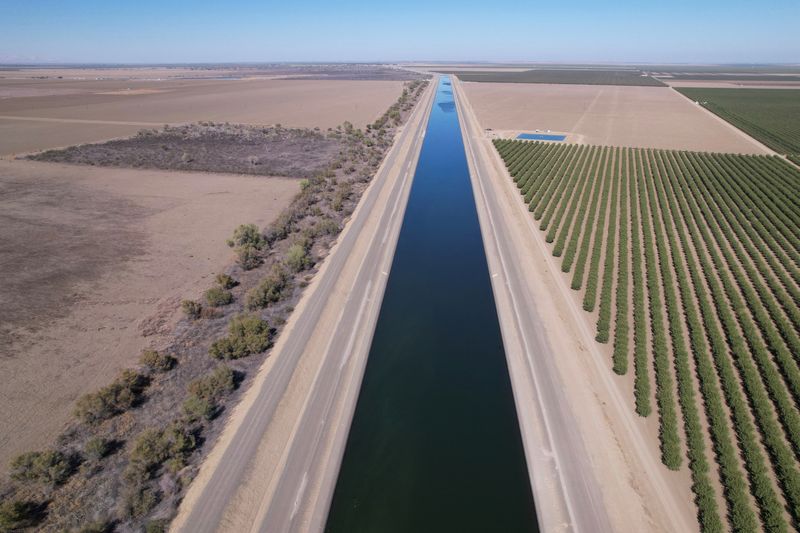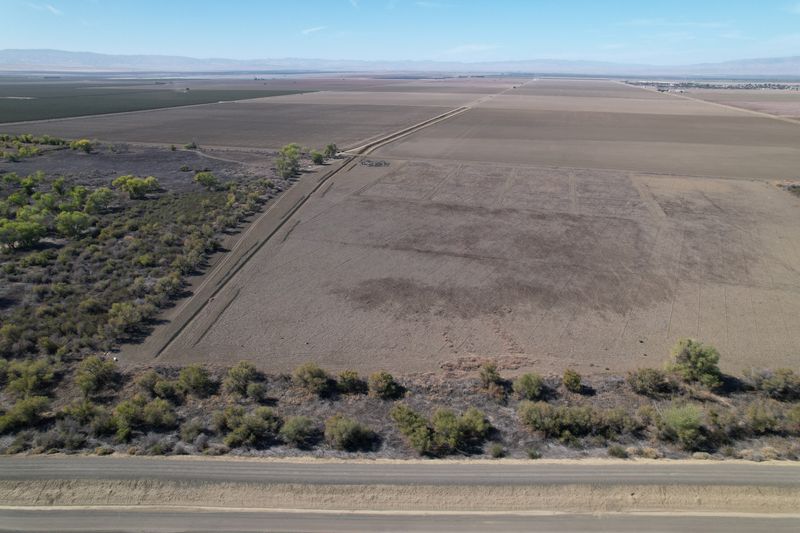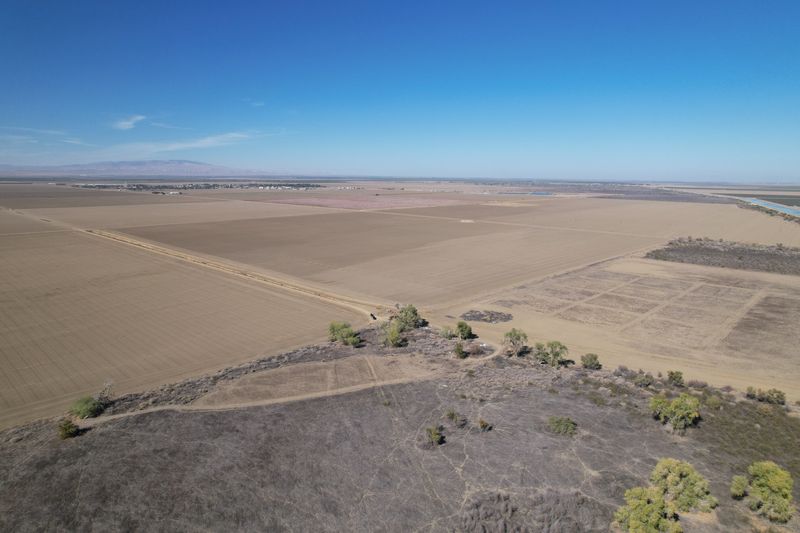By Sharon Bernstein
HURON, Calif. (Reuters) – The land along the Arroyo Pasajero Creek, halfway between Sacramento and Los Angeles, is too dry to farm some years and dangerously flooded in others.
Amid the cycles of wet and dry — both phenomena exacerbated by climate change — a coalition of local farmers and the nearby city of Huron are trying to turn former hemp and tomato fields into massive receptacles that can hold water as it percolates into the ground during wet years.
This project and others like it across California’s Central Valley breadbasket aim to capture floodwaters that would otherwise rush out to the sea, or damage towns, cities and crops.
Traditional water storage in the form of damming rivers to create reservoirs damages the environment.
With parts of California suffering a historic drought, water was so scarce in the Central Valley this year that Huron was allocated only a quarter of the water it was contracted to receive from the U.S. Bureau of Reclamation.
The city, one of California’s poorest, had to buy water on the open market, raising residents’ bills, said engineering consultant Alfonso Manrique.
The new project, known as a recharge system, turns unused fields into large ponds to hold water so that it can percolate into the porous rock and earth below, creating or restoring an aquifer rather than rushing to the sea.The city is building a new well to be fed from the aquifer, Manrique said.
Capturing runoff will also help protect the city of less than 7,000 people from catastrophic floods.
The project near Huron is one of about 340 recharge systems that have been proposed by water agencies in California – enough to store 2.2 million acre-feet by 2030 if they all are built, the state Department of Water Resources said. That’s enough for 4.4 million households for a year.
“I’m hoping we can make water more affordable for our residents,” said Huron Mayor Rey Leon.
Outside the United States, countries including India are also beginning to increase the use of recharge ponds to store water in natural or human-made aquifers. Water use and resilience is among the topics being discussed by world leaders at the United Nations COP27 climate summit in Egypt this month.
While the idea of storing water underground is not new, a recent California law regulating groundwater use has spurred a spate of projects that the state is helping to fund.
In the small community of Okieville about 40 miles (65 km) east of Huron, the Tulare Irrigation District is building a new recharge pond on land purchased from a local farmer, said Aaron Fukuda, who is the district’s general manager.
A number of Okieville residents ran out of potable water during the state’s last big drought, which lasted from 2012 through 2016. The new pond, on about 20 acres of former farmland , will help to guide water underground to store it for residents as well as agriculture.
The project costs about $2 million, including about $1.8 million in state grants.
In addition to the comparatively small projects being built by rural water districts and farmers, the massive Metropolitan Water District, a regional water wholesaler that serves Southern and parts of Central California, is building a 1,500-acre recharge pond in the high desert near Palmdale, in partnership with local water authorities.
ENVIRONMENTAL DAMAGE
California’s complex networks of reservoirs, rivers and aqueducts were viewed as engineering marvels when the state and federal government built them in the mid-20th century.
But the system relied on damming and diverting rivers, and flooding canyons, damaging their ecosystems. The last big dam was built in 1980. Since then the state’s population has nearly doubled to 40 million residents.
California’s agricultural economy, one of the largest in the world, relies largely on irrigation to water its crops, further taxing the system.
Now, new reservoirs are hard to approve and expensive to build. The underground storage projects, according to Ann Hayden, water expert at the Environmental Defense Fund, “are going to be easier to finance, they’re going to be easier to permit and they’re going to get more public support.”
ROOM UNDERGROUND
These human-made aquifers and underground water banks will not solve all of California’s water problems, but they can make a significant dent, said Sarah Woolf, a water consultant whose family owns some of the farmland being used for the Huron project.
There’s room below the agricultural land that will be served by the Huron project to store 1 million acre-feet of water, or about 326 billion gallons – enough to serve 2 million households for a year.
“These are needed all over the place,” Woolf said.
Read more:
Climate-driven water woes spark Colorado rush to conserve ‘liquid gold’
California to cover canal with solar panels in experiment to fight drought, climate change
INSIGHT-Drought forces North American ranchers to sell off their future
(Reporting by Sharon Bernstein; Editing by Donna Bryson and Lisa Shumaker)


